
Xiaomi's global success was built on the back of the Redmi Note series, and while earlier models in the series were an easy recommendation thanks to great hardware combined with an insane value, that is no longer the case. What was once the best-selling budget phone now moved up a segment into the mid-range category, and as I noted last year in my Redmi Note 12 Pro+ review, Xiaomi didn't really think its strategy through.
The Chinese manufacturer is nothing if not obstinate, and the Redmi Note 13 series continued in the same vein. The Redmi Note 13 Pro+ in particular stood out for its gorgeous design — it is still one of the best-looking mid-range phones — but the auxiliary cameras weren't worth the hassle, it missed out on 4K60 video, and most egregiously, it ran Android 13 out of the box.
Other than a few design and hardware differences, the situation was unchanged with the Redmi Note 13 Pro, so I decided to use the phone a bit longer and share long-term testing notes instead. Xiaomi insisted that it would deliver the Android 14 update to the phone by the end of Q1, but it failed to do so; the update started going out at the end of April, and it counted toward three of the guaranteed platform updates.
The Redmi Note 13 Pro also misses out on the hardware side of things, and after using the sporadically throughout the course of 2024, I'm still not convinced you should buy it — there are much better alternatives available.
Redmi Note 13 Pro: Pricing and availability

Xiaomi unveiled the Redmi Note 13 alongside the rest of the models in the series at the end of Q4 2023 in its home market. The series made its global debut in India on January 4, 2024, and went on sale in the country shortly thereafter. You can now buy the phones in most global markets — including the U.K., Germany and France.
In India, the Redmi Note 13 Pro costs ₹24,999 ($300) for the 8GB/128GB verison, with the 8GB/256GB model retailing at ₹27,999 ($325), and the 12GB/256GB edition available at ₹28,999 ($350). It is sold in a single 8GB/256GB variant in the U.K., where it costs £299 ($381). Over in Germany, the 8GB/256GB model is €289 ($314), and there's a 12GB/512GB version that retails for €369 ($401).
Redmi Note 13 Pro: What I like
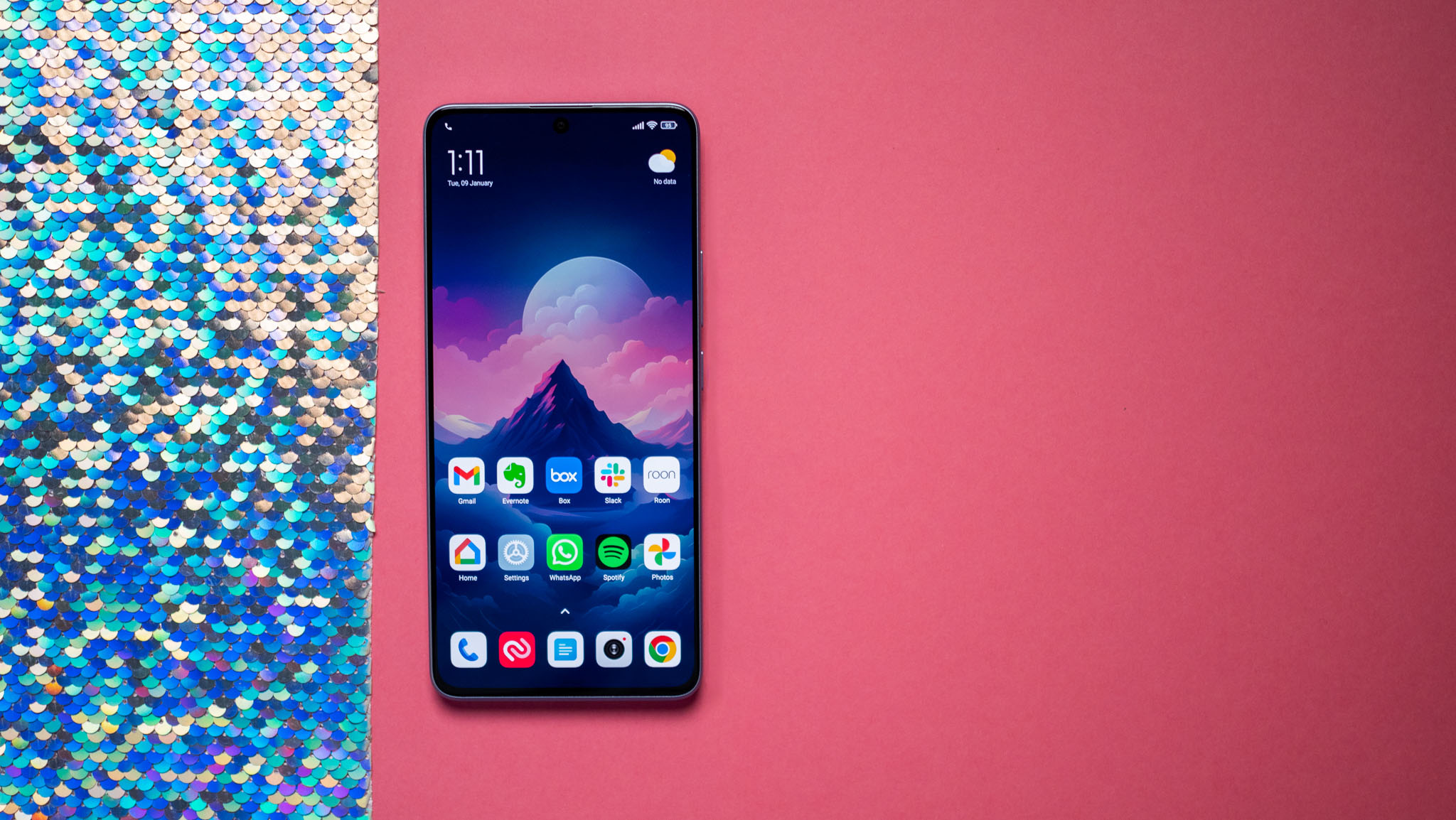
To Xiaomi's credit, the brand did a great job with the design of the Redmi Note 13 series, and the Redmi Note 13 Pro looks the part of a mid-range phone. The key difference next to the Pro+ model is that the Pro has flat sides, and Xiaomi says it was an intentional design choice; it wanted to offer a phone with flat sides as an alternative to those users who don't prefer curved screens.
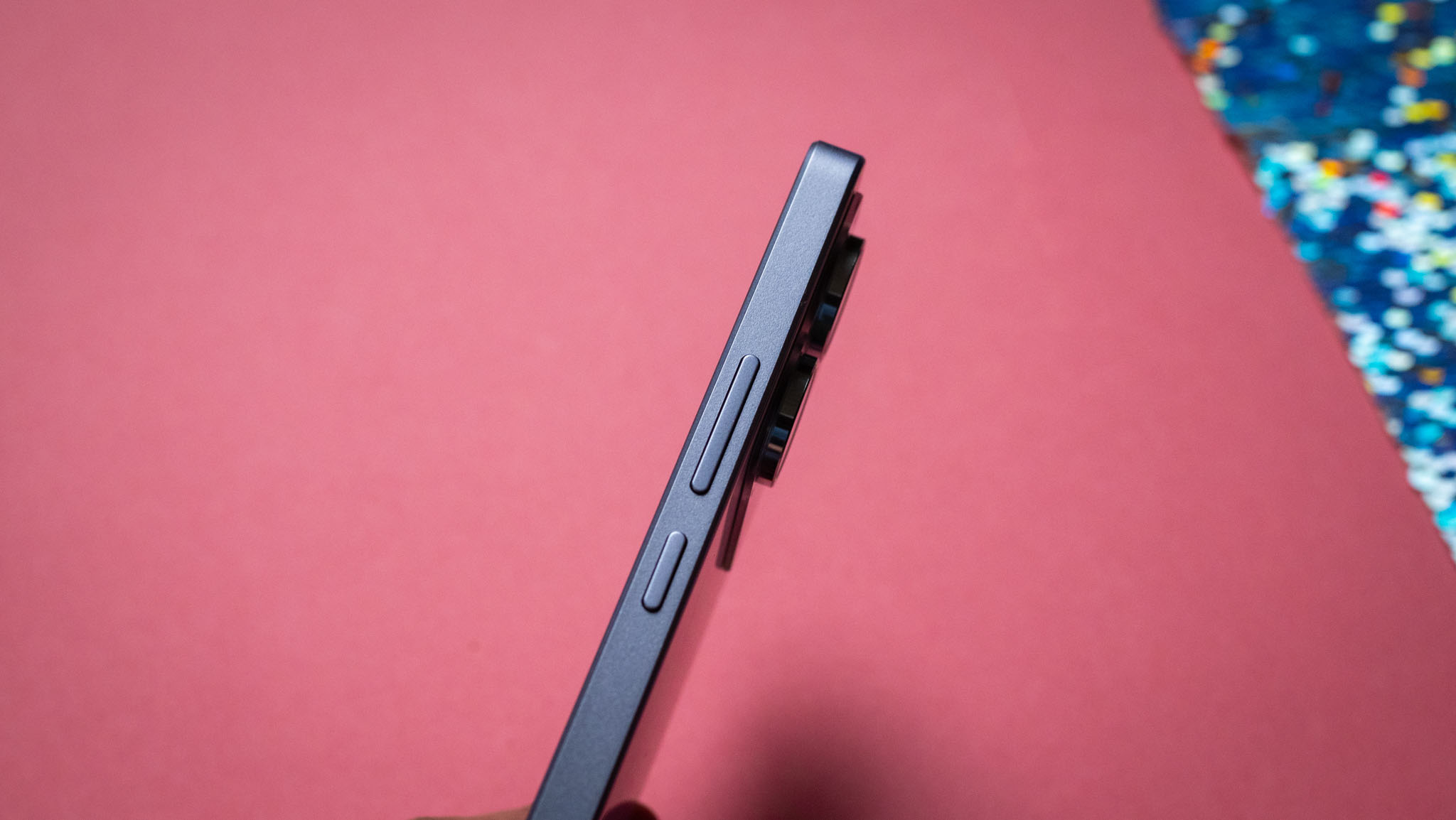
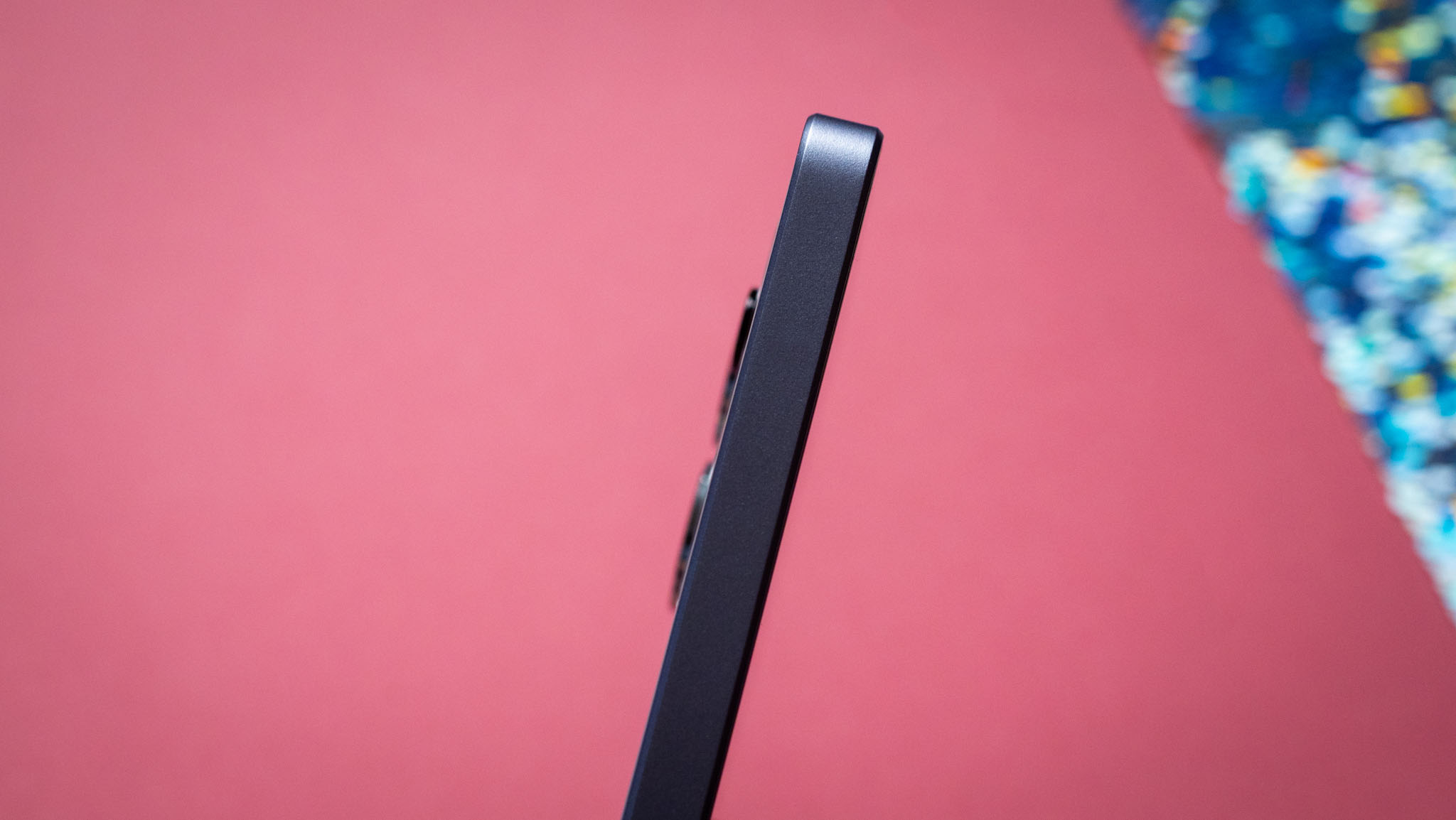
There are bevels around the sides that make the device a smidgen more comfortable to hold and use, and coming in at 187g, it is distinctly on the lighter side. The frosted glass back doesn't pick up much in the way of smudges, and the pastel hue adds to the allure of the device. You get the same hue along the sides as well, and it makes the design stand out a bit more.
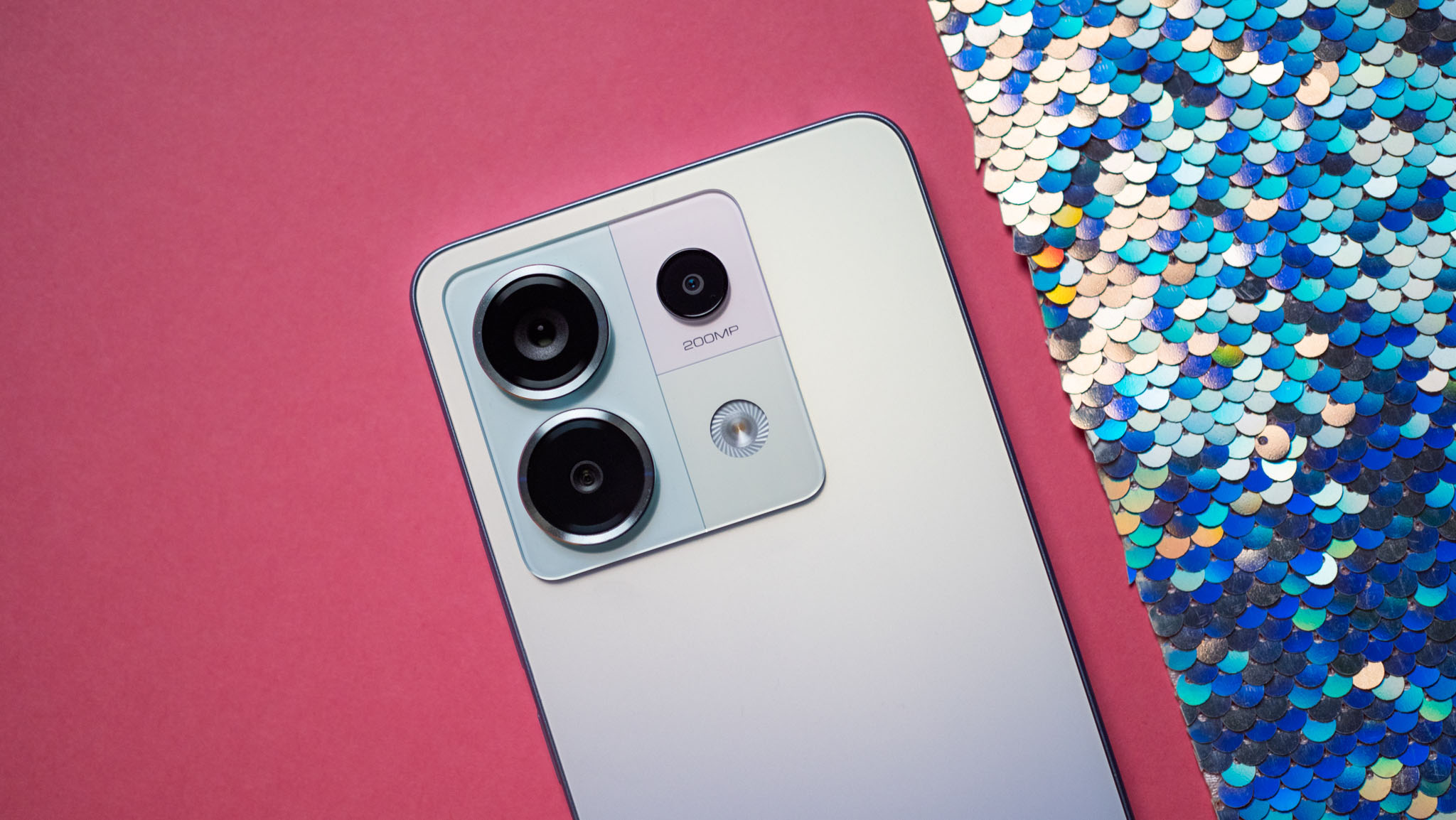
The camera island has a multi-colored pattern, and it adds visual flair to the design. The individual modules are nestled within rings, and the overall effect is rather elegant. Continuing with the positives, you get a 3.5mm jack on the device, and it is great if you've got IEMs and want to plug in without needing a dongle.
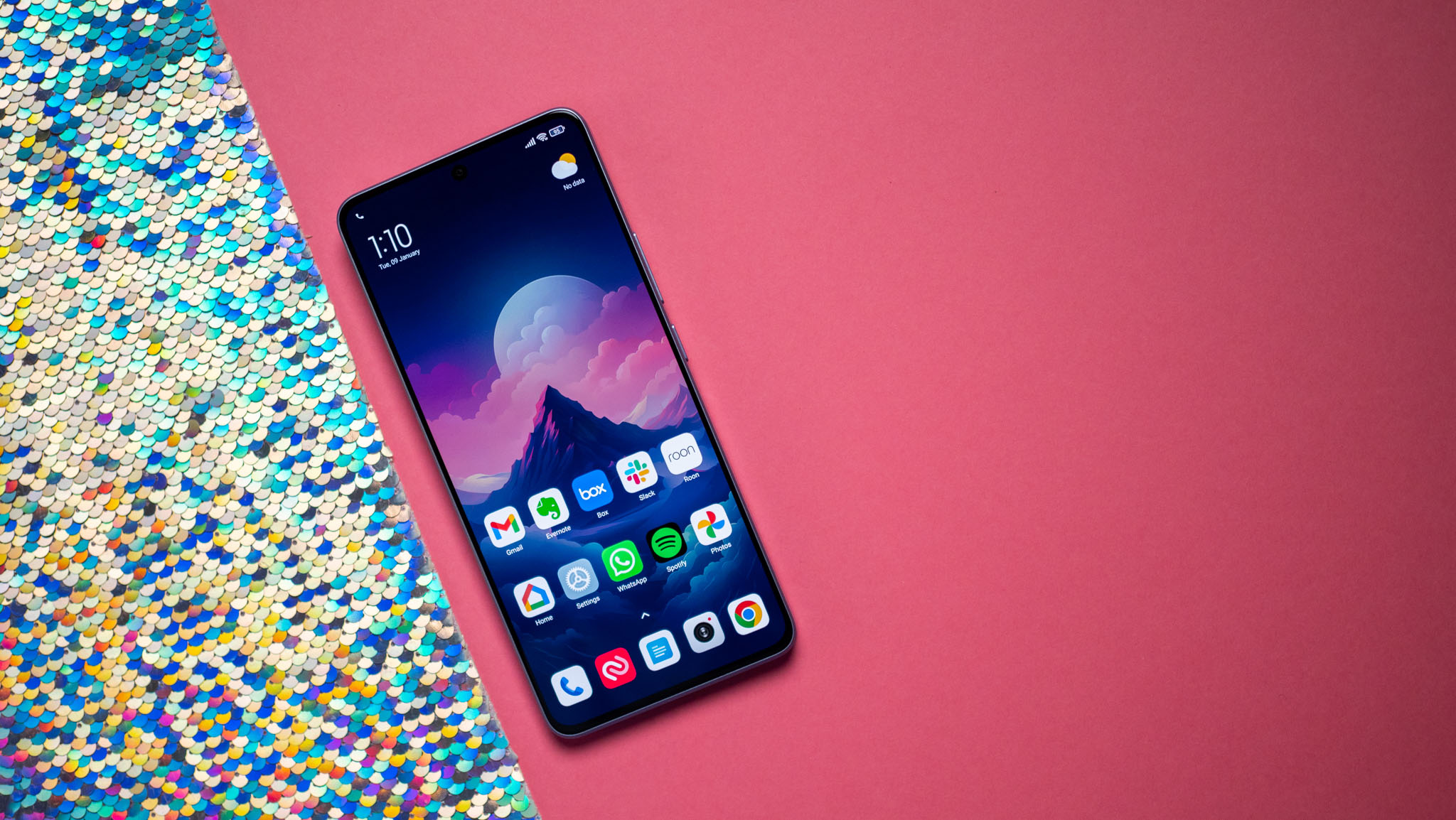
What I like the most about the Redmi Note 13 Pro is the display; it uses the same 6.67-inch panel as the Pro+ variant, goes up to 1,800 nits in HDR content, and the only difference is that it isn't curved. The AMOLED panel has vibrant colors and good viewing angles, and I didn't see any issues in daily use. There's Gorilla Glass Victus as well, and the phone came away unscathed the few times it took a tumble.
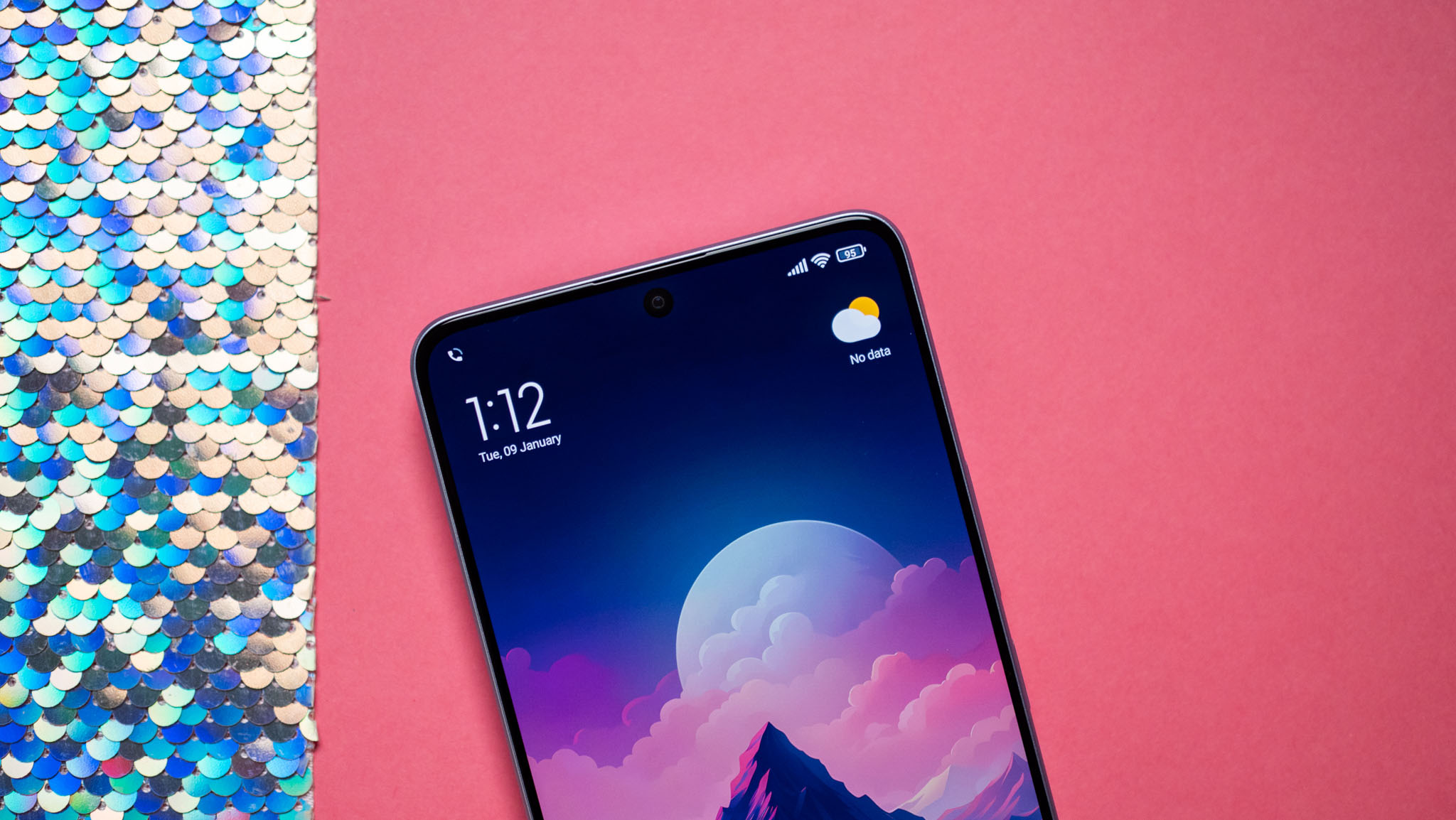
While I would have liked to see more powerful hardware on the device, the Snapdragon 7s Gen 2 is good at the basics. This is by no means a gaming phone — there are better choices available if that's a requirement — but the phone doesn't lag in mundane tasks, and there's not much in the way of overheating.
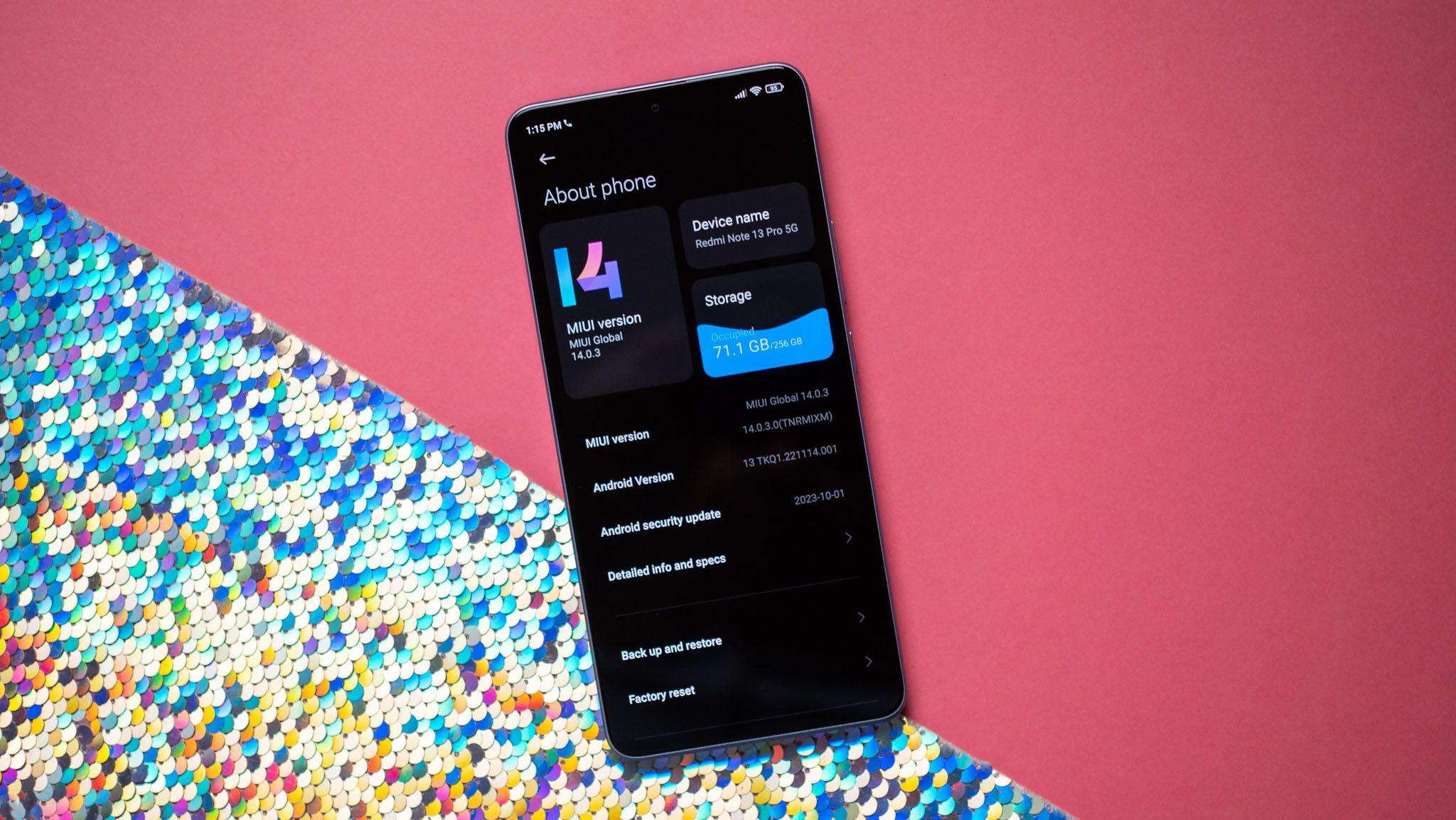
The rest of the hardware is similarly decent, with the phone offering Bluetooth 5.3, a good set of 5G bands, NFC, and an optical in-screen module that's unerringly accurate — if located a bit lower on the screen than I'd usually like. There isn't anything awry with the battery either, and the 5100mAh battery consistently manages to last a day and a half between charges. Unlike most phones in this category, you get a charger bundled in the box, and that is good to see.
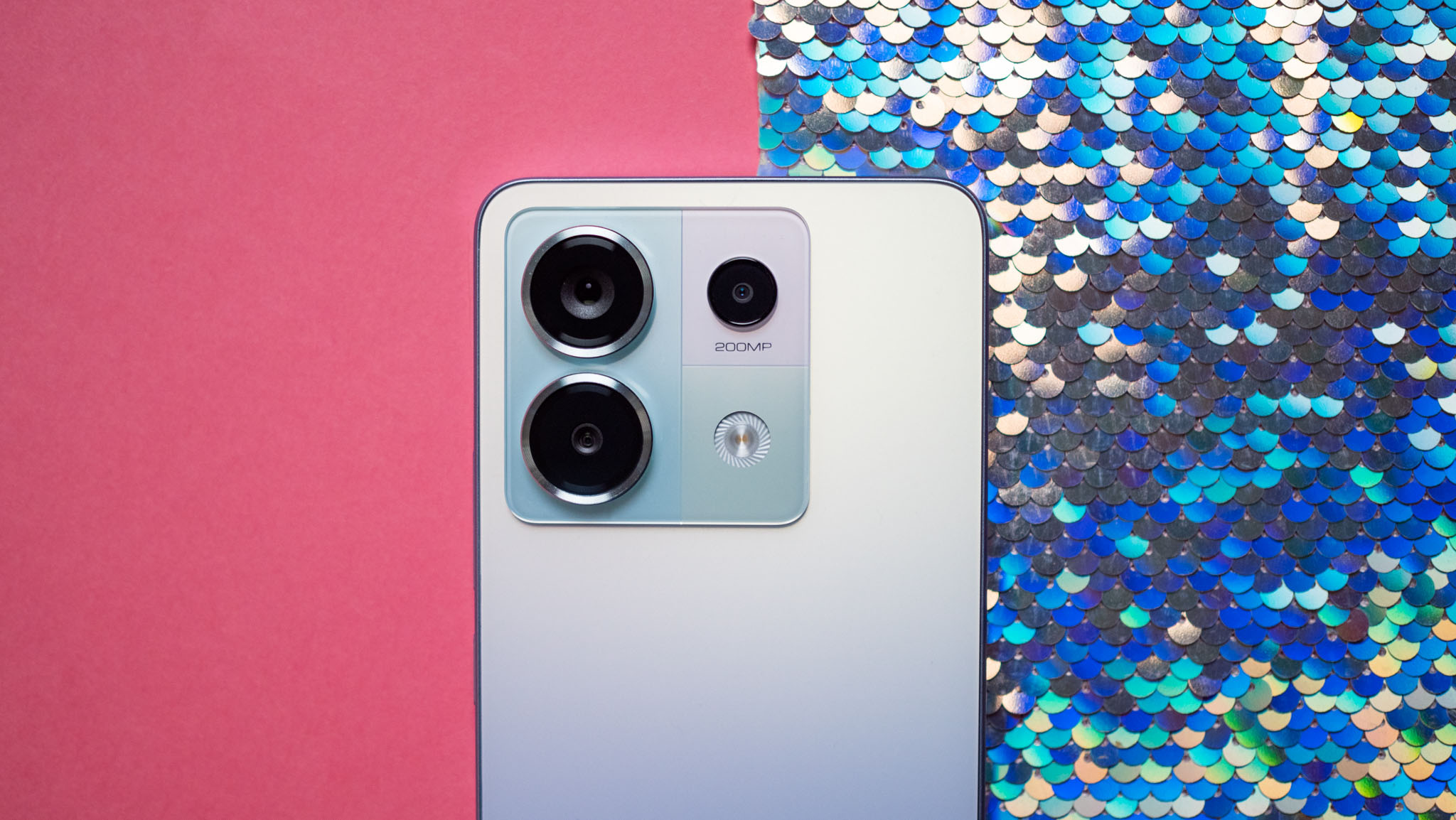
Coming to the camera, the highlight this year is that the phone gets the same 200MP main camera as the Pro+ model, and it takes great photos in most scenarios.
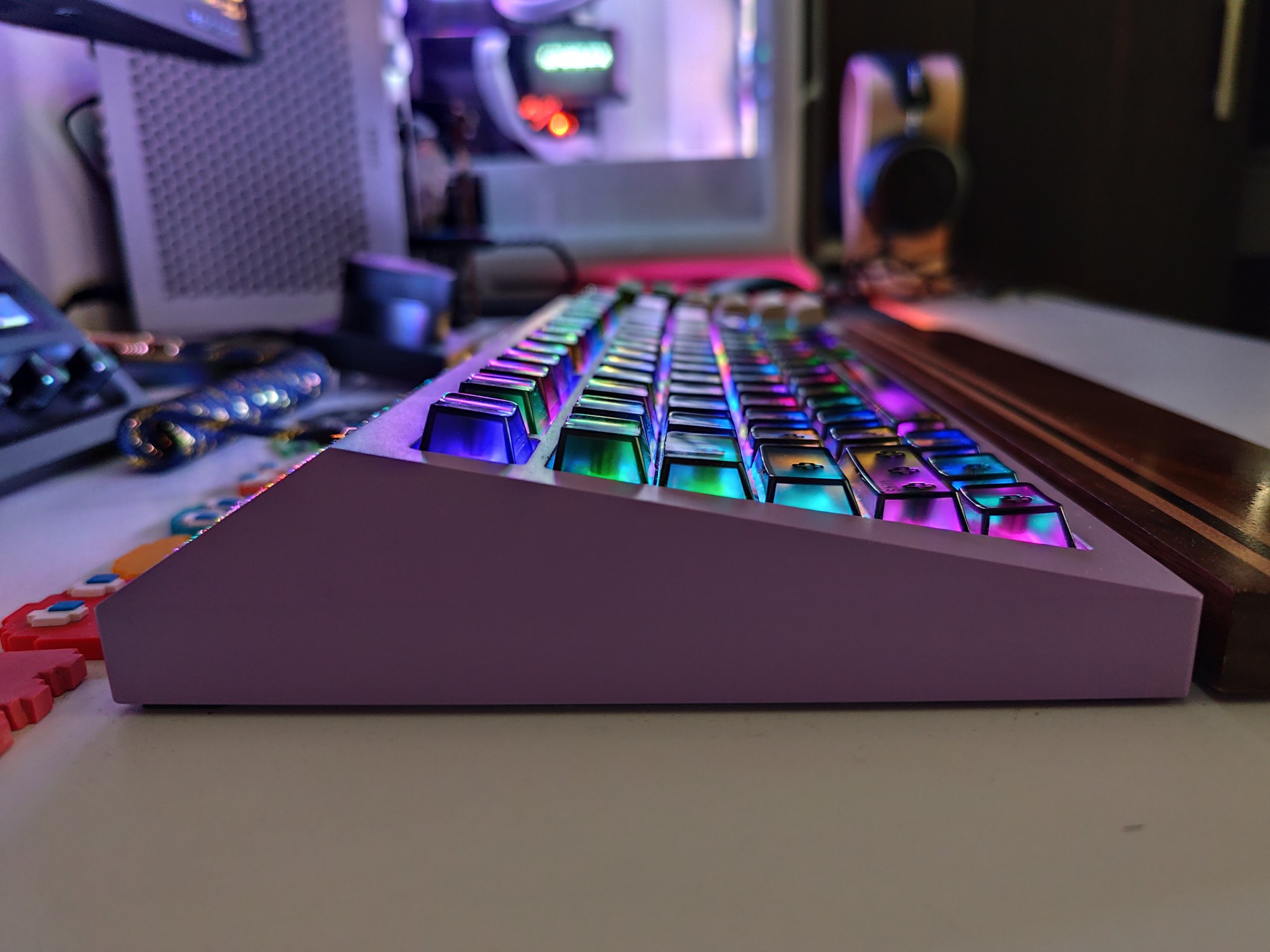
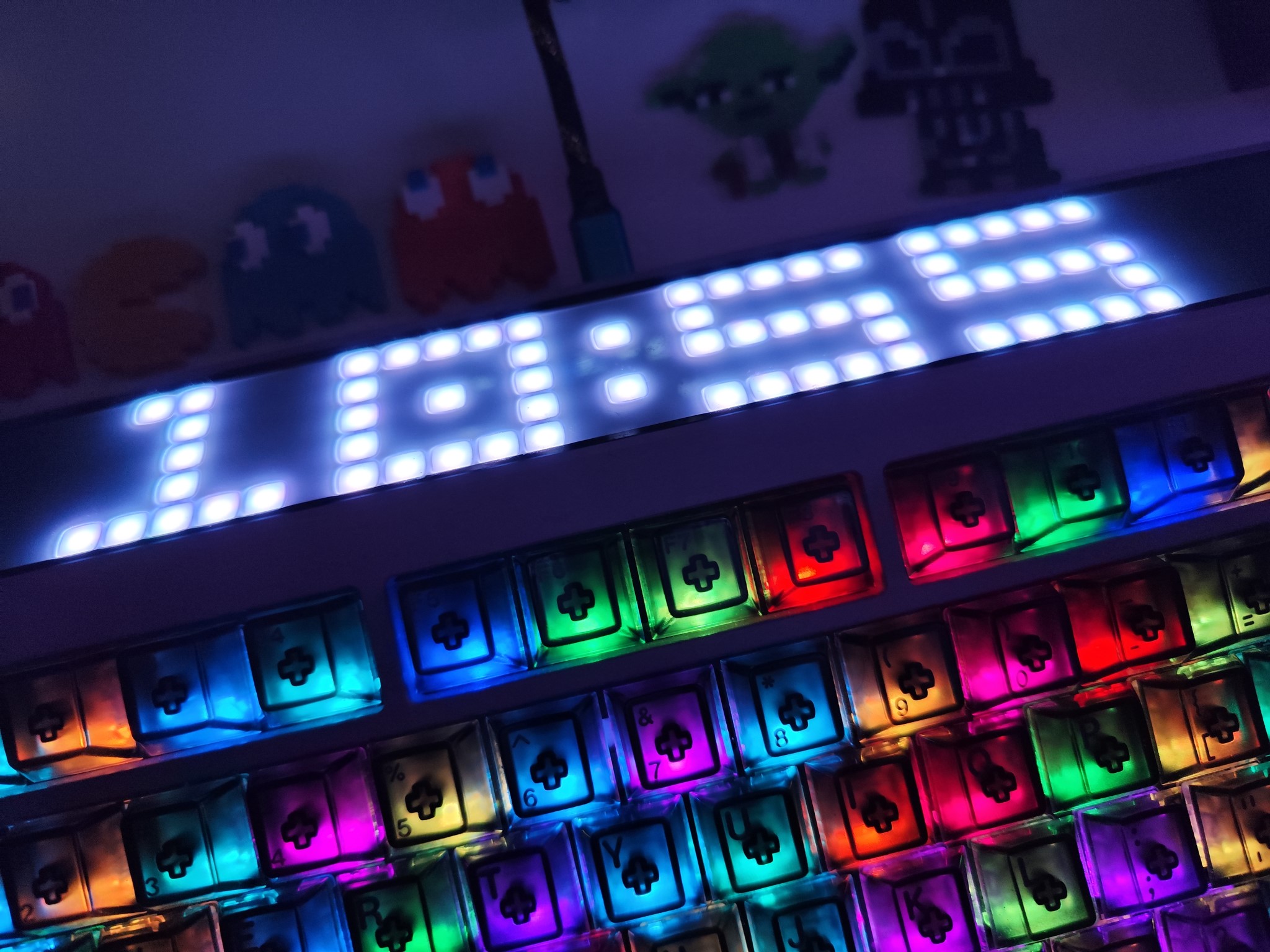
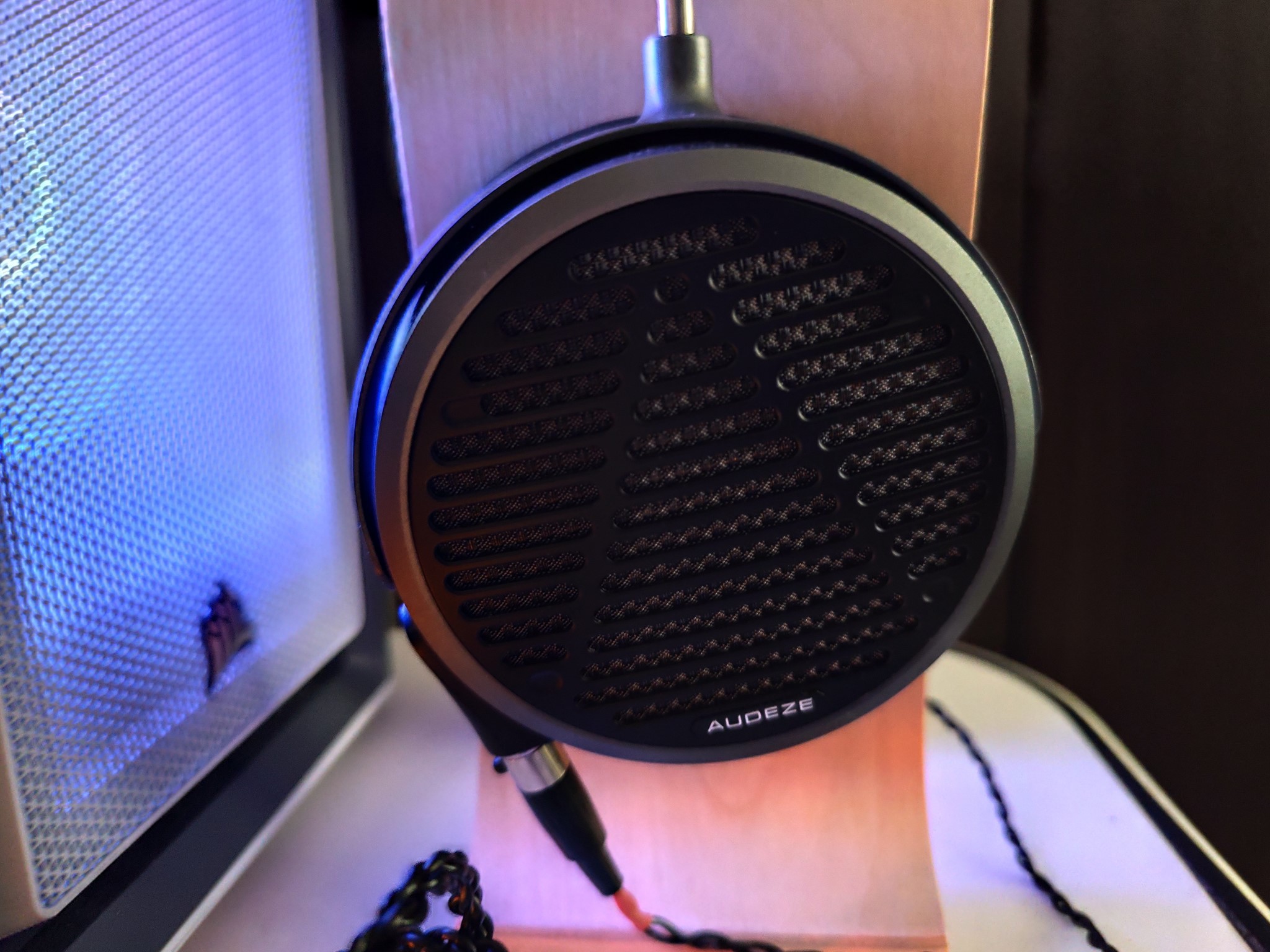
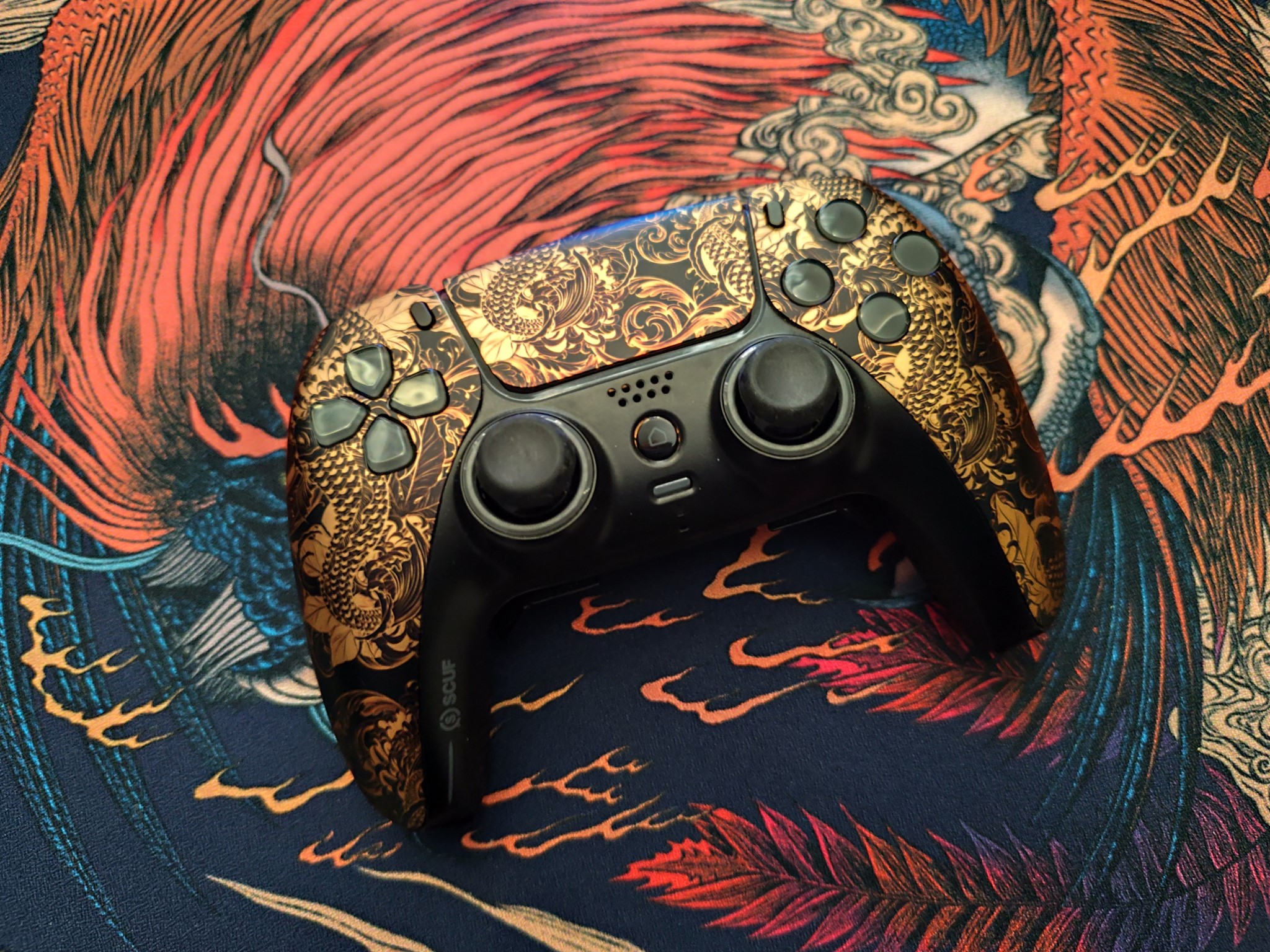


Daylight shots have good color vibrancy and detail, and the phone does a good job with foliage and clouds. There's good dynamic range as well, and I like Xiaomi's color tuning to Samsung in this category. Low-light shots come out with good detail and color rendition as well, and while there is some noise, on the whole, the larger sensor along with tweaks to the tuning means you get usable shots even in challenging situations.
Redmi Note 13 Pro: What I don't like
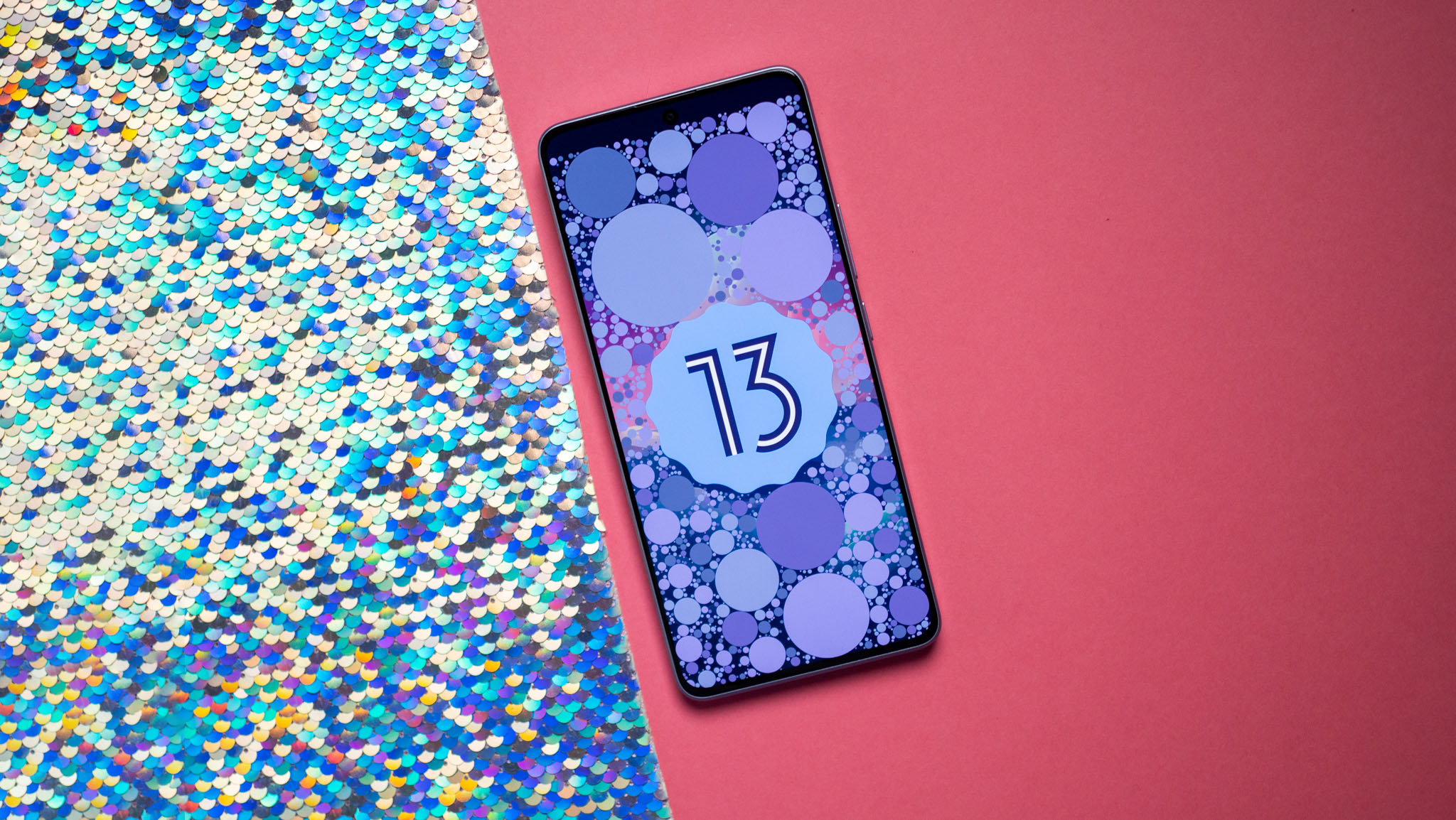
Using the Redmi Note 13 Pro alongside other mid-range devices, there's the clear sense that Xiaomi intentionally hobbled the phone. It misses out on IP68 ingress protection — you get an IP54 rating instead, and while it allows the device to withstand splashes of water, it doesn't cover being submerged underwater. Talking of missing features, the phone has 67W charging tech instead of the 120W standard that you get on the Pro+ model.
But what's particularly irritating is that the device misses out on Wi-Fi 6 connectivity; you get Wi-Fi ac instead, and that just isn't good enough on a mid-range phone in 2024. Xiaomi trying to nickel-and-dime users on the hardware side of things is in poor taste, and the brand really ought to have done better in this area.
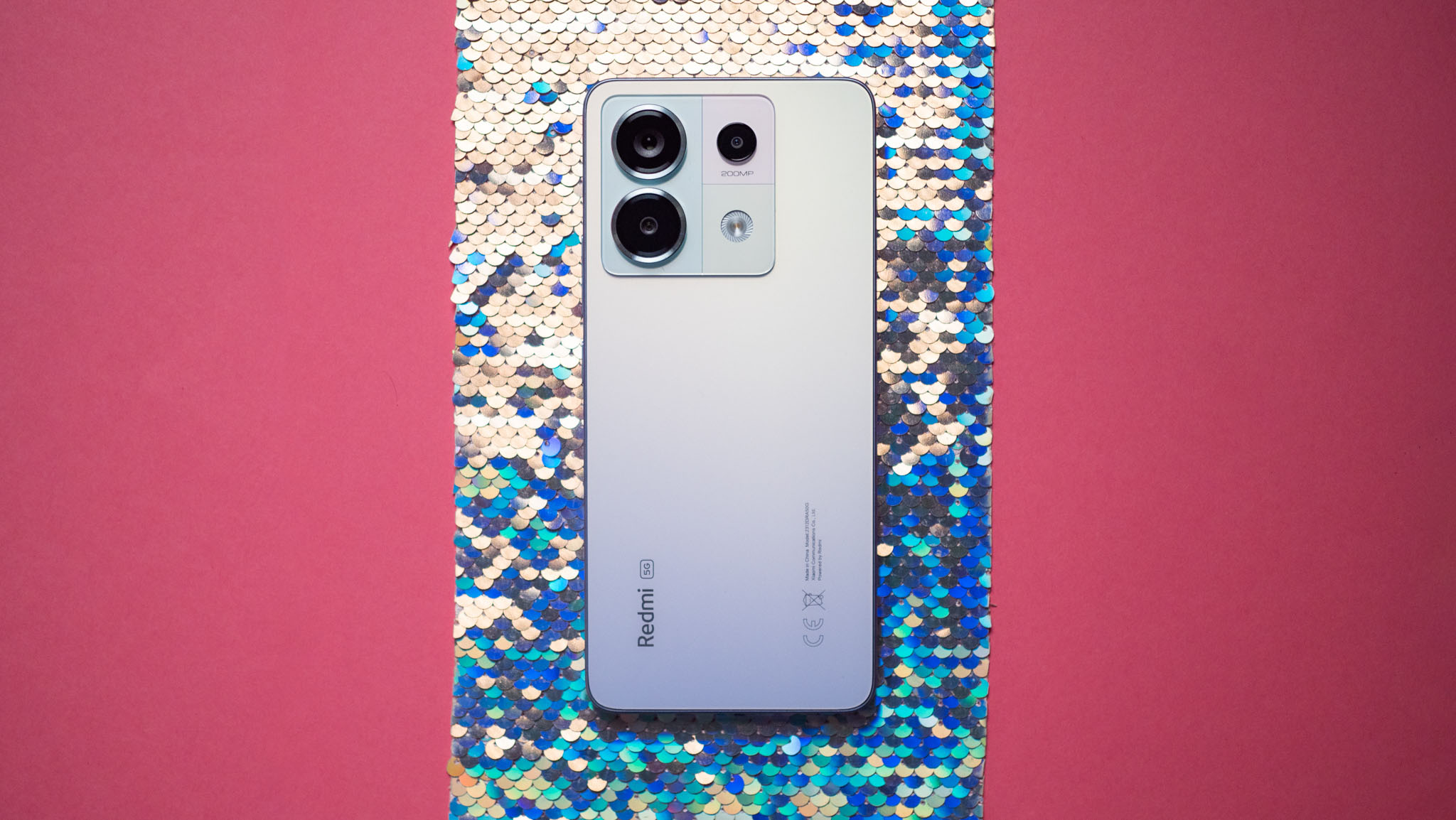
Although the main 200MP camera is good, the wide-angle lens is sub-par to say the least, and the 2MP macro module shouldn't have been included at all. Xiaomi still doesn't offer 4K at 60fps, and there is no justification to not include the feature. The front 16MP camera also needs an overhaul, and while it takes passable shots during the day, that's just not the case in scenes with challenging lighting situations.
Then there's the software. Xiaomi had plenty of time to roll out Android 14 to the device out of the box, but it chose to bundle the phone with Android 13 instead; this means the brand doesn't have to bother with Android 17 in three years' time, and it still gets to say that it delivered three platform updates.
The software itself still has plenty of bloatware, and while it is optimized better than MIUI 14, I don't see enough tangible differences to justify the new moniker.
Redmi Note 13 Pro: The alternatives
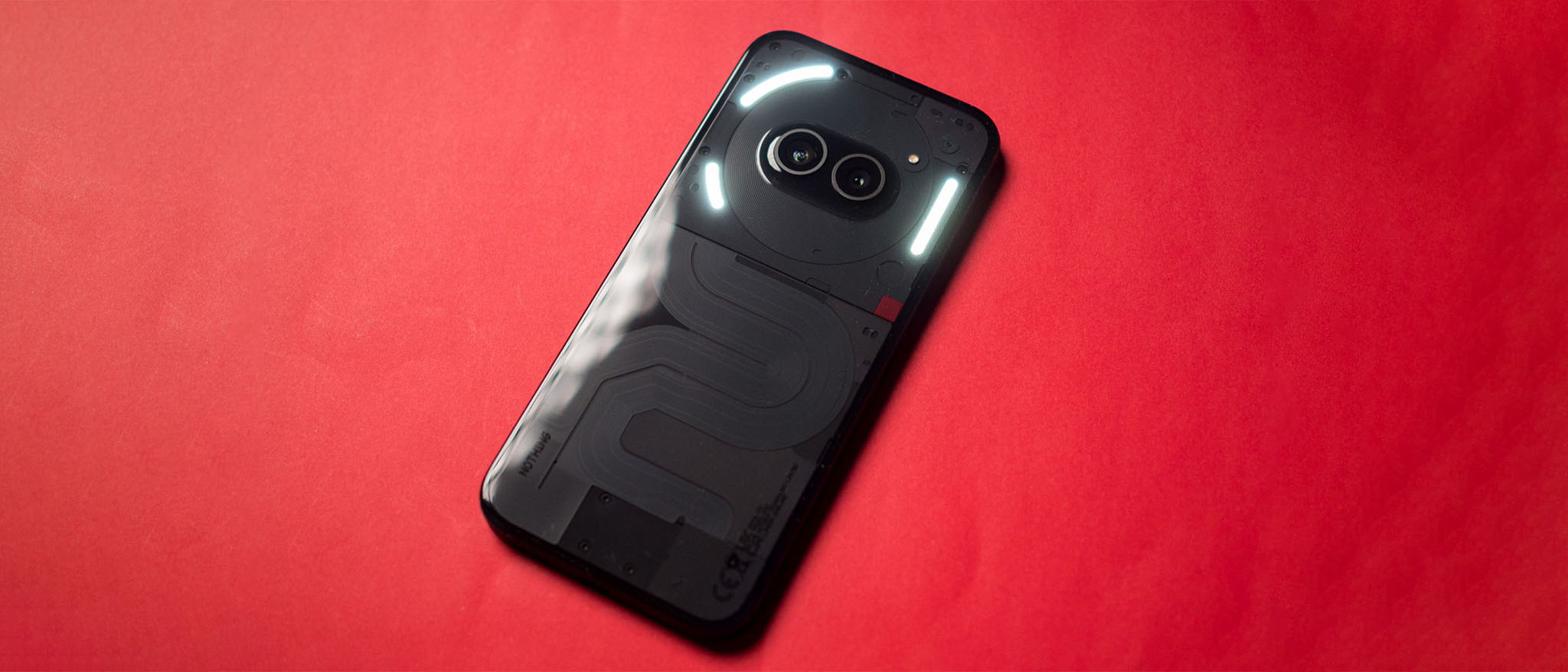
Nothing's Phone 2a continues to be the best budget phone around. It has a more interesting design than the Redmi Note 13 Pro, and while it doesn't use glass, the pattern at the back is unique. You also get better hardware, two usable cameras at the back, and the most refined software in this segment.
If you've used a Xiaomi phone in the past and like all the MIUI features, you should take a look at the POCO X6 Pro. The camera is almost as good, and you get powerful hardware, great battery life with the same 67W charging tech, and it comes with Android 14 out of the box.
Redmi Note 13 Pro: Should you buy it?
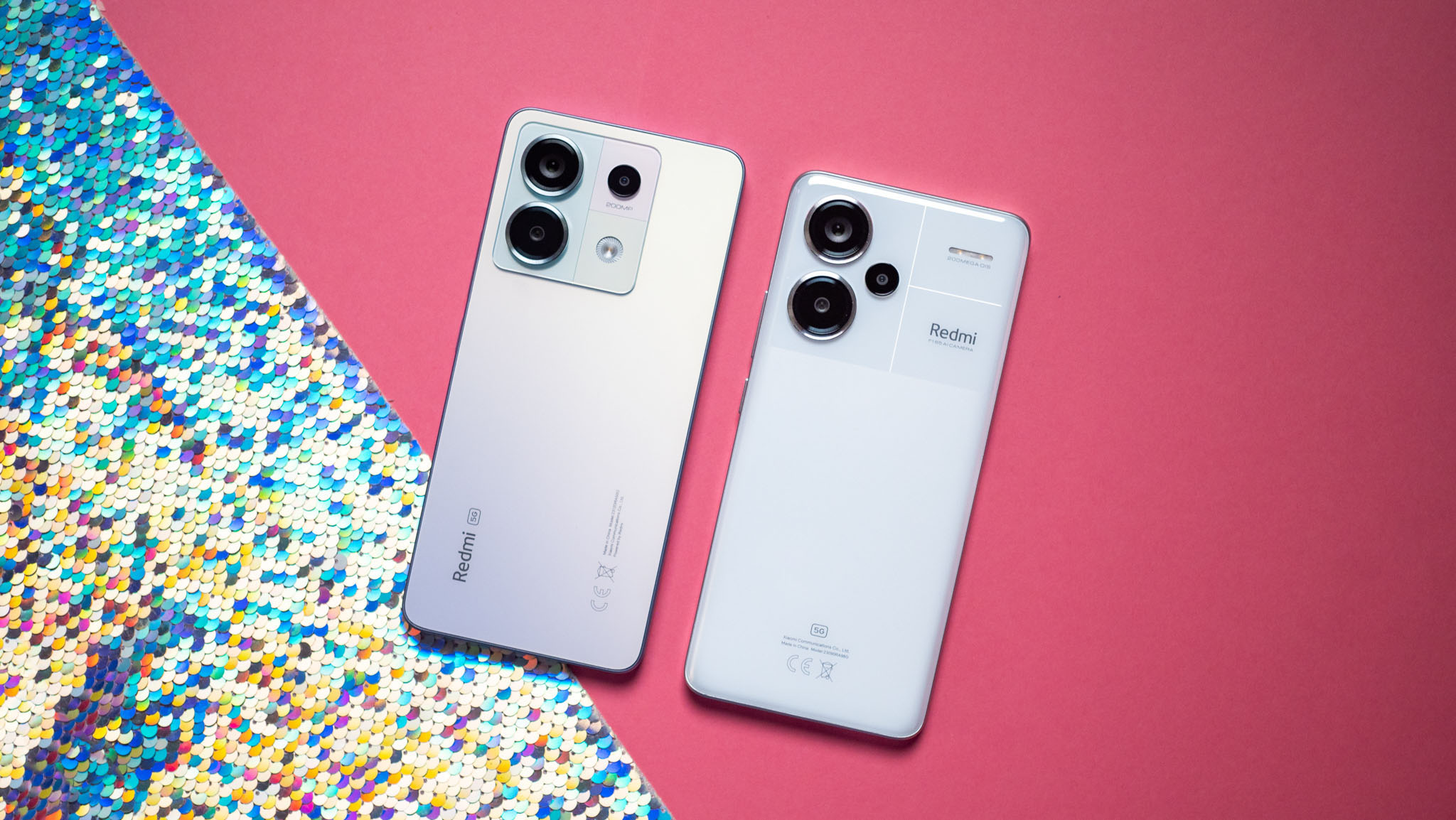
You should buy this if:
- You're currently using a Xiaomi phone
- You need a good AMOLED screen
- You want all-day battery
- You need a 3.5mm jack
You shouldn't buy this if:
- You want a phone with a good value
- You need clutter-free software
- You need timely updates
The Redmi Note 13 Pro clearly has a lot going for it; the design is among the best in this segment — as is the screen — and the hardware holds up in daily usage scenarios. If you're coming from an older Redmi phone, you will find plenty to like here. That said, Xiaomi's abysmal software policy means you don't get as many updates as you should, and the UI itself isn't any different to MIUI 14.
Ultimately, that's what limits the potential of the Redmi Note 13 Pro. This is a good phone letdown by poor decision-making, and with plenty of great alternatives to choose from, the Redmi Note 13 Pro just doesn't do enough to justify its price tag. If you need a new phone, you're better off with the POCO X6 Pro or the Nothing Phone 2a.







